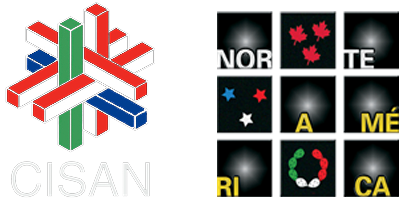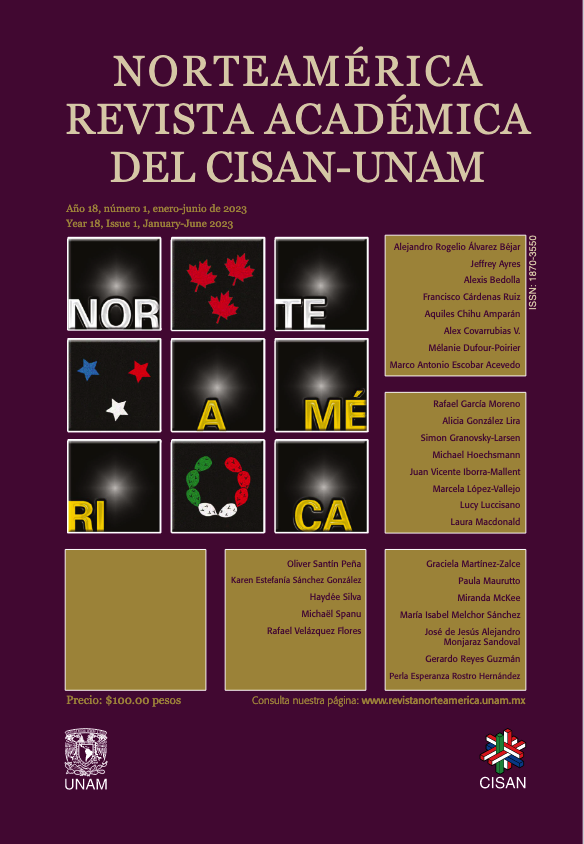Abstract
Specialists have analyzed televised political spots from quantitative perspectives, as a result has left a void in the analysis of the qualitative dimension of the image, ideology and emotions of political propaganda. The objective of this article is to contribute to the construction of this absent theoretical-methodological model and to carry out an analysis of the political image in general and the political spot in particular. To fulfill this purpose, the spots of the candidates in the 2020 presidential election in the United States of North America are analyzed. As a methodology, the audiovisual framing model is applied, which presents a three-dimensional structure formed by a visual frame, a verbal frame and a sound frame. Analytically, the construction of the image of political actors is approached by applying the concepts of frame and framing.
Keywords: visual frame, aural frame, verbal frame, audiovisual framing, campaign discourse.
References
2011a. Los spots de la campaña presidencial de Felipe Calderón. Revista Iberoamericana de Comunicación, (20), 11-26.
Chihu, Aquiles.
2011b. Los spots de la campaña presidencial de López Obrador. Versión, Nueva época, (27), septiembre, 1-16.
Chihu, Aquiles.
2010b. El framing audiovisual del spot político. Cultura y Representaciones Sociales. Revista electrónica de Ciencias Sociales, 5 (9), septiembre, 174-197.

This work is licensed under a Creative Commons Attribution-NonCommercial-NoDerivatives 4.0 International License.
Copyright (c) 2022 Aquiles Chihu Amparán, Alicia González Lira



